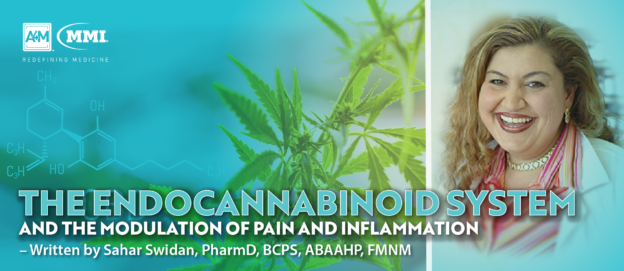The proliferation and advent of technology in medical research has spurred new techniques and treatments to combat cancer, a disease with an alarming mortality rate that will lead to an estimated 1,685,210 new cases in 2016, and 595,690 deaths.
The model of immunotherapy—using one’s body as the tool with which to fight cancer—has been considered an experimental treatment since its conception, in stark contrast to the standard chemotherapy and radiation that is traditionally offered for cancer patients. While chemotherapy directly attacks the cancer, immunotherapy harnesses the patient’s own immune system to fight off the disease.
The most widely used forms of immunotherapy include drugs called checkpoint inhibitors, which block a mechanism used by cancer cells to shut down the immune system, and cell therapy, which involves removing a patient’s immune cells, genetically altering them to help fight cancer, multiplying them, and ultimately infusing them back into the bloodstream.
While pharmaceutical companies initially were disinterested in the research and science, favoring drugs that had the ability to be mass-produced and treat everyone, drug companies are progressively funneling more money into clinical trials and tests—attempting to understand the powerful and critically important tool further.
Quoted in a New York Times article, Dr. Jedd Wolchok, chief of melanoma and immunotherapeutics services at Memorial Sloan Kettering, articulated what many doctors are experiencing as they begin to utilize this therapy, once considered a mere pipe dream: “This is a fundamental change in the way that we think about cancer therapy.”
Other doctors that have seen almost miraculous results in clinical trials have expressed similar sentiments: “Think of how dauntingly personalized this is,” says Dr. Steven A. Rosenberg, chief of surgery at the National Cancer Institute. “We are using their own cells to treat a unique mutation in their own tumor.” This individualized treatment has been proven to be effective in many cases, generating complete remissions in many patients who felt they were out of options.
Yet while immunotherapy has proven to be stunningly successful in several cases, doctors are continuing to explore why the treatment has a higher efficacy in some patients, while others relapse. Moreover, the arduous, lengthy, and complex process of re-engineering and duplicating cells is very costly, and is still undergoing scrutiny and examination.
Want more information about our Integrative Cancer Therapies Fellowship? Gain access to cutting-edge therapy modalities, along with a particular segment targeted towards the immunology of cancer, coupled with updated information and research surrounding immunotherapy. Learn more today.


